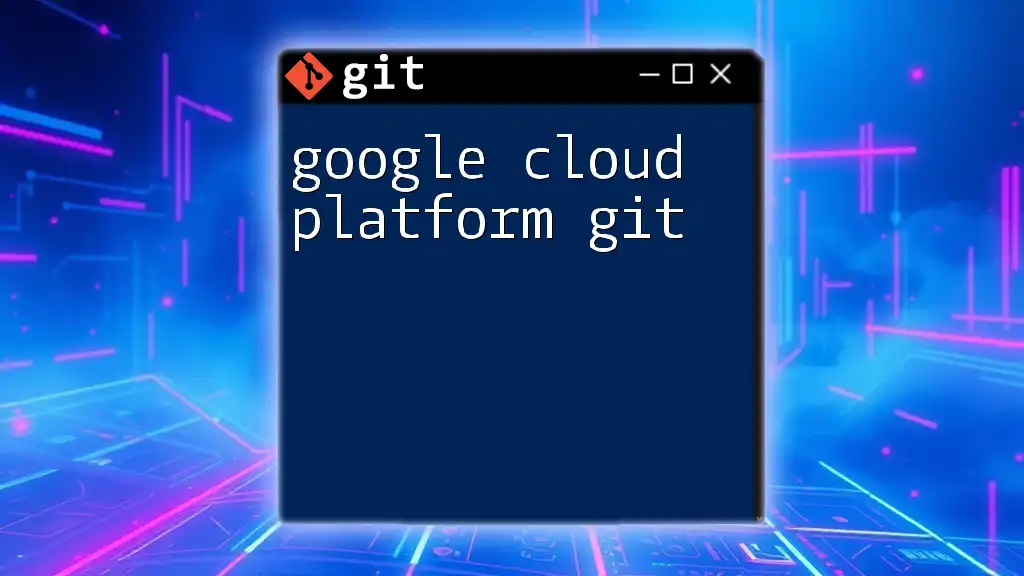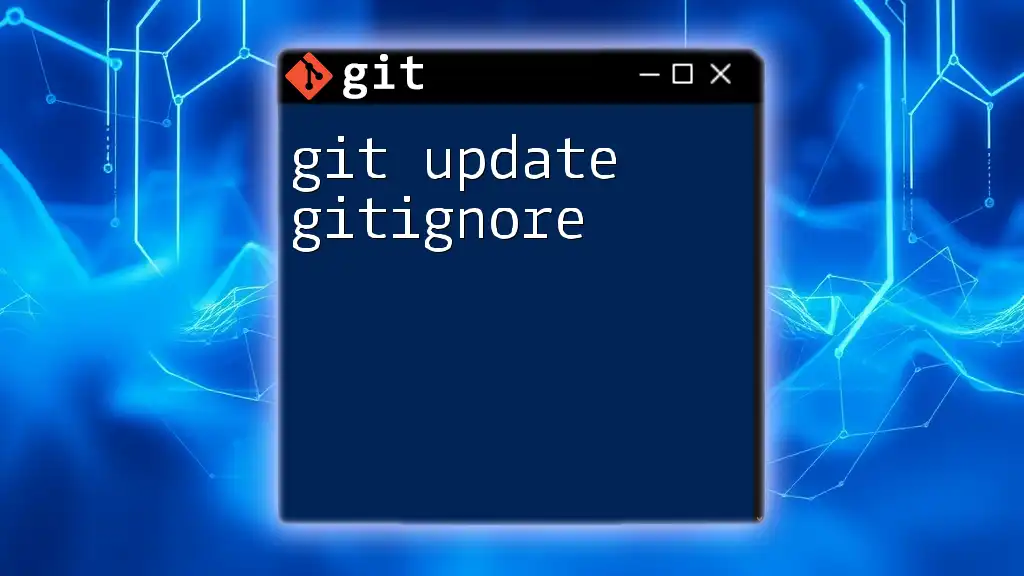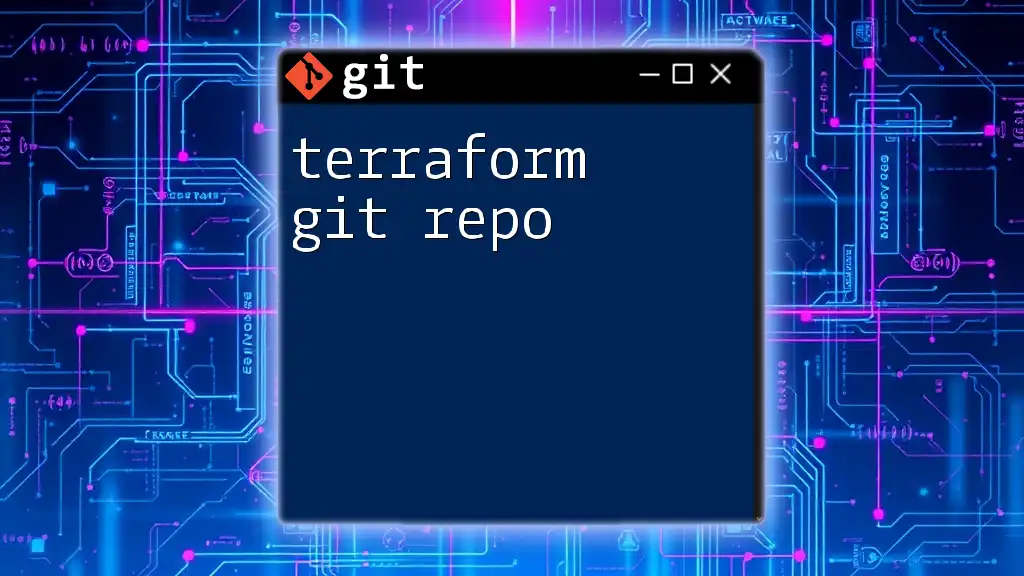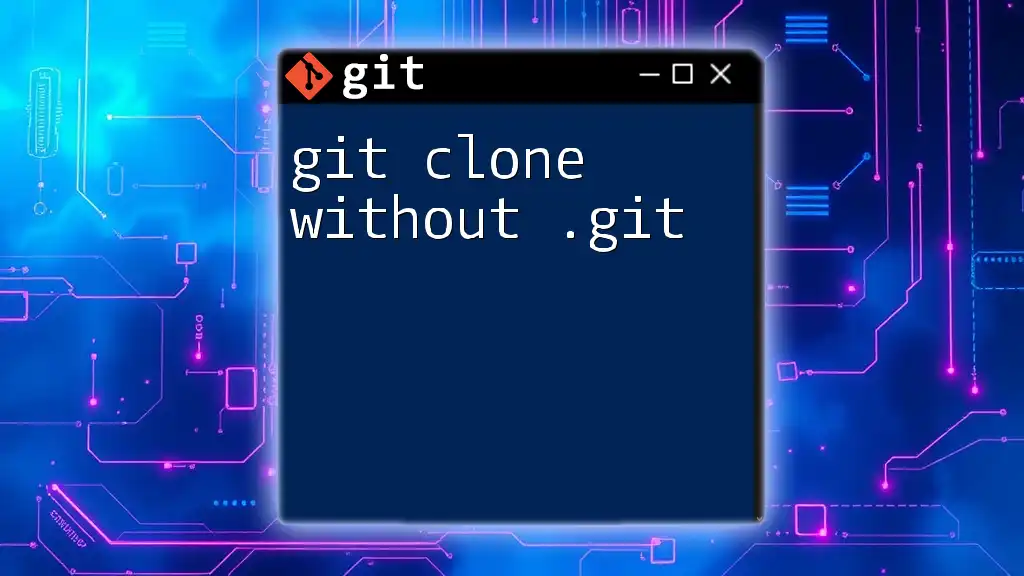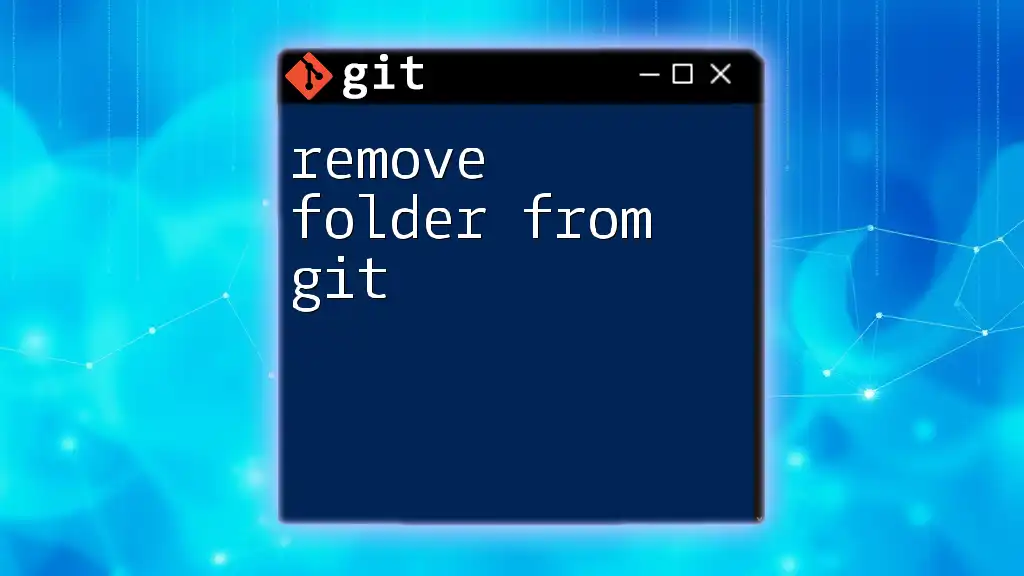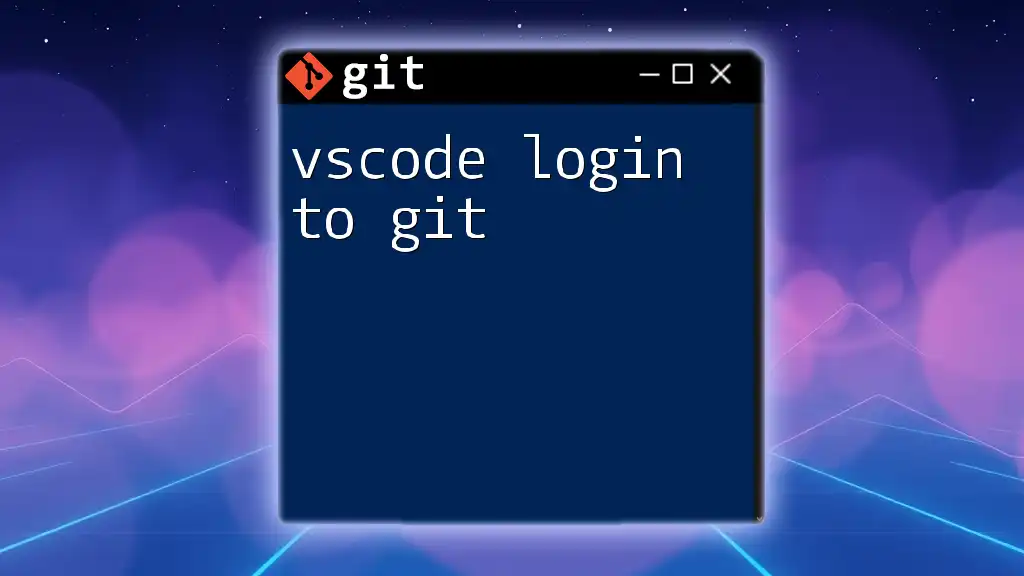Google Cloud Platform (GCP) provides integrated tools for managing Git repositories, allowing developers to collaborate on code efficiently and deploy applications seamlessly.
git clone https://source.developers.google.com/p/your-project-id/r/your-repo-name.git
What is Git?
Git is a powerful version control system that allows developers to track changes in their code, collaborate on projects, and maintain different versions of their work. The purpose of Git extends beyond mere versioning; it fosters collaboration by enabling multiple users to work on the same codebase without stepping on each other’s toes.
Basic Concepts
Understanding the foundational concepts of Git is crucial for effective use:
- Repository: A container for all files and their revision history.
- Commit: A snapshot of changes made to the files in your repository at a specific point in time.
- Branch: A divergent line of development that allows for working on different aspects of a project simultaneously.
- Merge: Combining changes from different branches.
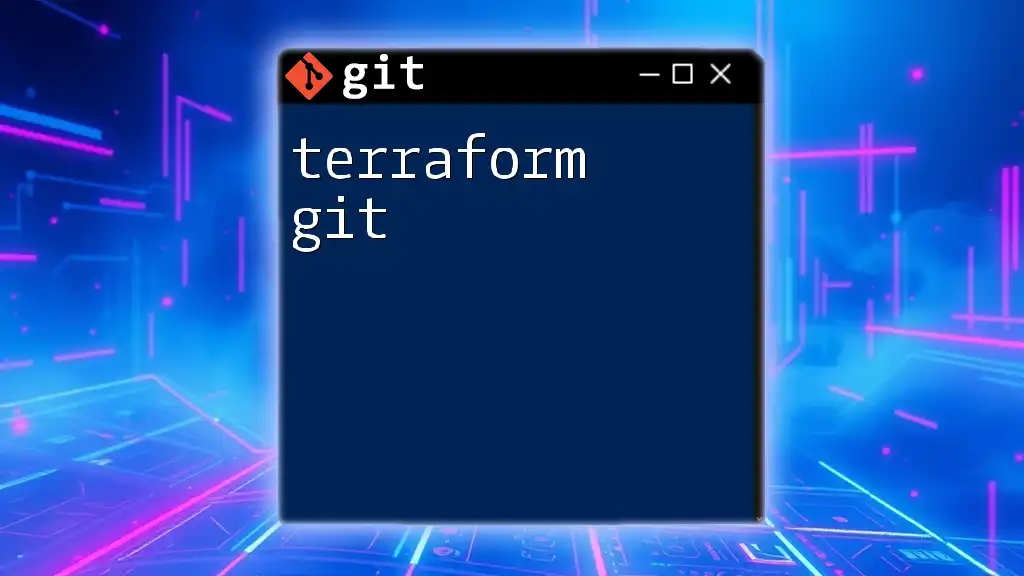
Setting Up Git on Google Cloud
Creating a Google Cloud Account
Before diving into using Git with Google Cloud Platform, you need to create a Google Cloud account. This is straightforward:
- Visit the [Google Cloud website](https://cloud.google.com/).
- Click on “Get Started for Free” and follow the prompts to set up your account.
Installing Git
To use Git with GCP, you'll first need to install it on your local machine. Installation varies slightly depending on your operating system.
For example, on Ubuntu, you can use the following command:
sudo apt-get install git
For Mac OS, you may use Homebrew:
brew install git
On Windows, you can download the Git installer from the [Git website](https://git-scm.com/download/win).
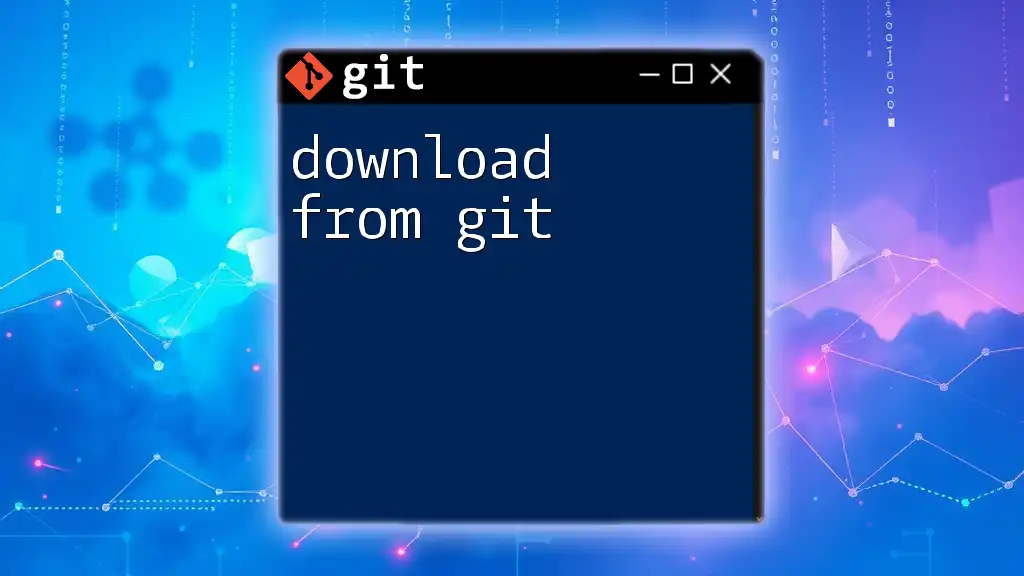
Configuring Git for GCP
Setting Up User Information
Once Git is installed, you'll want to configure your identity. This is crucial as it associates your commits with your user name and email address:
git config --global user.name "Your Name"
git config --global user.email "youremail@example.com"
SSH Key Generation
For secure interactions with Google Cloud, generating SSH keys is essential. SSH keys allow for secure connections and ease of use without repeatedly entering your password.
- Open your terminal.
- Generate your SSH key:
ssh-keygen -t rsa -b 4096 -C "youremail@example.com"
- Follow the prompts to save your keys. Add your public SSH key to your GCP account so you can access repositories securely.
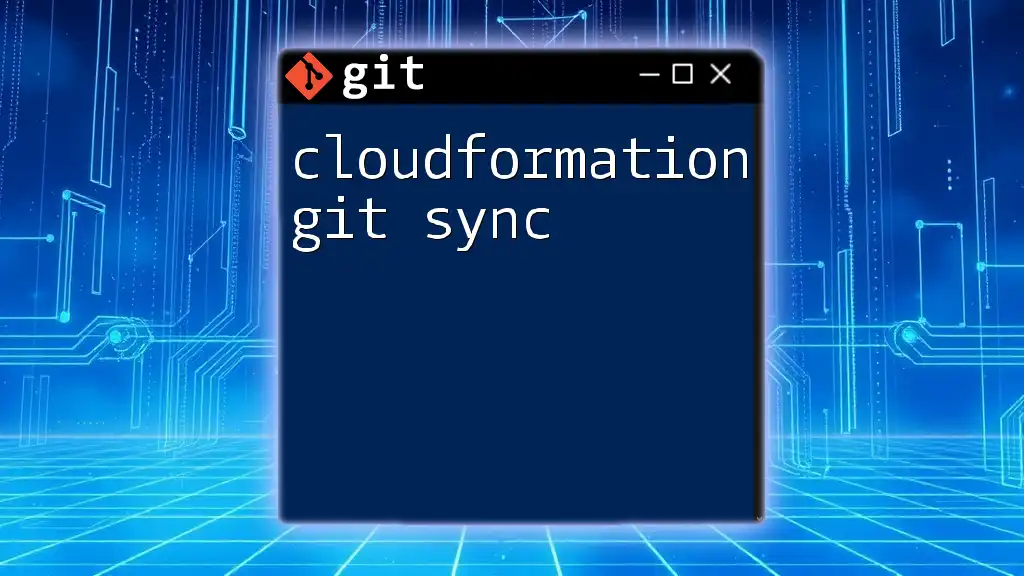
Git Workflow in Google Cloud
Creating New Repositories on GCP
To start using Git with Google Cloud, you'll often need to create new repositories. Google Cloud provides a straightforward way to create a new Git repository within Cloud Source Repositories:
- Navigate to the Cloud Source Repositories in the Google Cloud Console.
- Click on “Create Repository” and follow the instructions provided.
After creating a repository, you can initialize it locally using:
git init my-repo
cd my-repo
Cloning an Existing Repository
If you're working with an existing repository on GCP, cloning it to your local machine is simple. Here’s how:
git clone https://source.developers.google.com/p/project-id/r/repo-name
This command creates a local copy of the specified repository, allowing you to work on it locally.

Typical Git Commands for GCP
Basic Commands
Once your repository is set up, you'll frequently use basic Git commands:
- Adding Changes: Use the `git add` command to stage changes for your next commit:
git add .
This command stages all modified files in your directory.
- Committing Changes: To create a commit (a snapshot of your staged changes), use `git commit`:
git commit -m "Initial commit"
Craft a clear and concise message that describes the changes made. This will be helpful for you and others in the future.
- Pushing Changes: Use the `git push` command to upload your local commits up to the remote repository on Google Cloud:
git push origin master
This command pushes your committed changes to the `master` branch of your cloud repository.
Branch Management
Branching is crucial in Git workflows, as it allows isolated development of features or fixes. To create and switch to a new branch, use:
git checkout -b new-branch
To merge changes from another branch back into your current branch, while making sure to address any conflicts before completing the merge:
git merge another-branch
Managing branches effectively can greatly enhance your team’s productivity and workflow.

Integrating Google Cloud Build with Git
What is Google Cloud Build?
Google Cloud Build is a service that executes your build configurations on the Google Cloud infrastructure, automating the process of compiling sources, running tests, and deploying applications.
Connecting Git Repository to Cloud Build
To maximize the efficiency of your development cycle, link your Git repository with Google Cloud Build. Access Cloud Build from the console and follow the setup instructions to authorize your Git repositories.
Using Build Triggers
Creating triggers in Google Cloud Build allows you to automatically initiate builds whenever changes are pushed to your repository. Define your build by creating a `cloudbuild.yaml` file in the root of your repository, such as:
steps:
- name: 'gcr.io/cloud-builders/npm'
args: ['install']
- name: 'gcr.io/cloud-builders/npm'
args: ['run', 'build']
This YAML configuration ensures that whenever you push code, the build process automatically runs, maintaining efficiency.
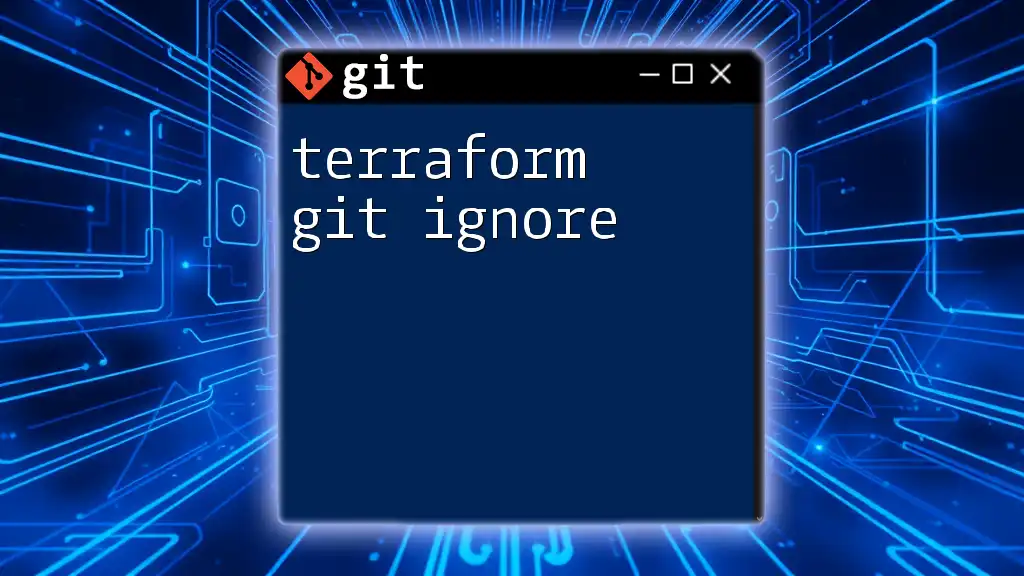
Best Practices for Using Git on GCP
Commit Messages
Practice writing clear and descriptive commit messages. This is crucial for collaboration, as it allows team members to understand changes without delving into the code.
Branching Strategies
Implement a robust branching strategy to streamline code management. Popular methods include:
- Git Flow: A systematic approach using a master branch, develop branch, and feature branches.
- Feature Branching: Isolating each feature in its own branch to mitigate risks during development.
Regularly merging changes and ensuring branches are up-to-date can minimize conflicts.
Regular Updates and Syncing
Consistently syncing your local repository with the remote repository is essential to avoid divergences. Periodically executing `git pull` will help keep everything synchronized, allowing for smooth collaboration.
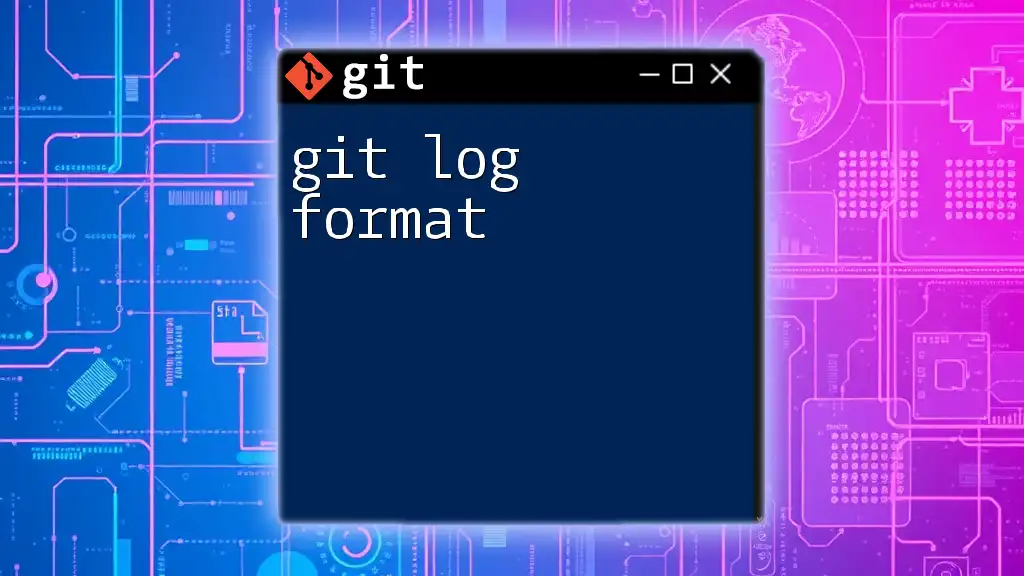
Troubleshooting Common Issues
Authenticate Failed Errors
If you encounter authentication failures while pushing or pulling, ensure your SSH key is correctly set up. Double-check that your public key is added to Google Cloud and that you've configured Git to use the right key.
Merge Conflicts
Merge conflicts occur when changes in different branches alter the same lines. To resolve, Git will indicate conflicted files. Open these files, make decisions on which changes to keep, edit as necessary, and then use:
git add <file>
git commit -m "Resolved merge conflict"
This process ensures that your final merge reflects the intended changes.
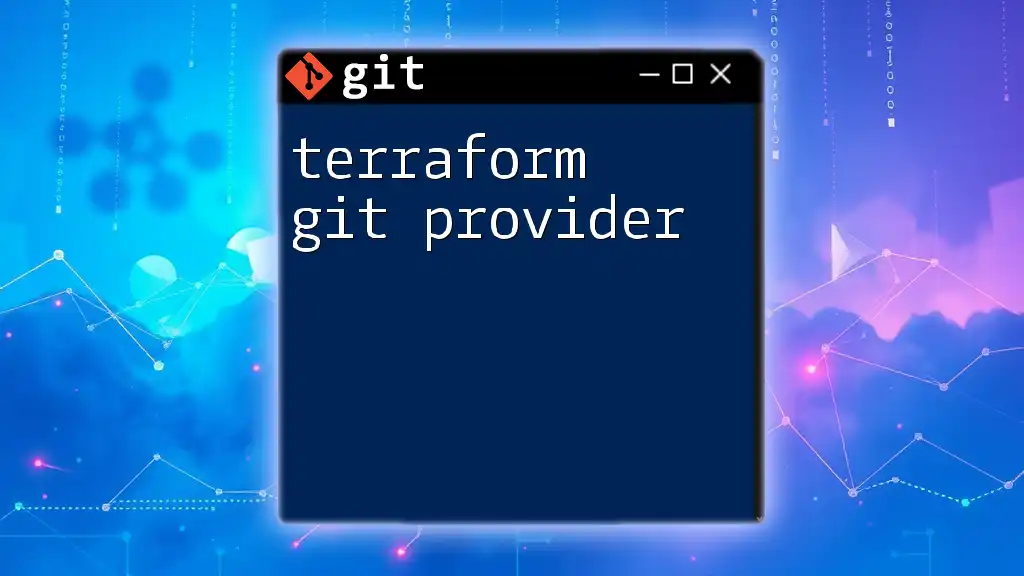
Conclusion
Using Google Cloud Platform Git efficiently enables developers not only to track code changes but also to enhance collaboration among teams. By understanding Git commands and integrating them with Google Cloud services such as Cloud Build, you’ll streamline your development workflow. Remember to apply best practices in your Git usage to improve code management and foster clear communication with your team. With this comprehensive guide, you’re well-equipped to harness the full potential of Git in the Google Cloud environment.
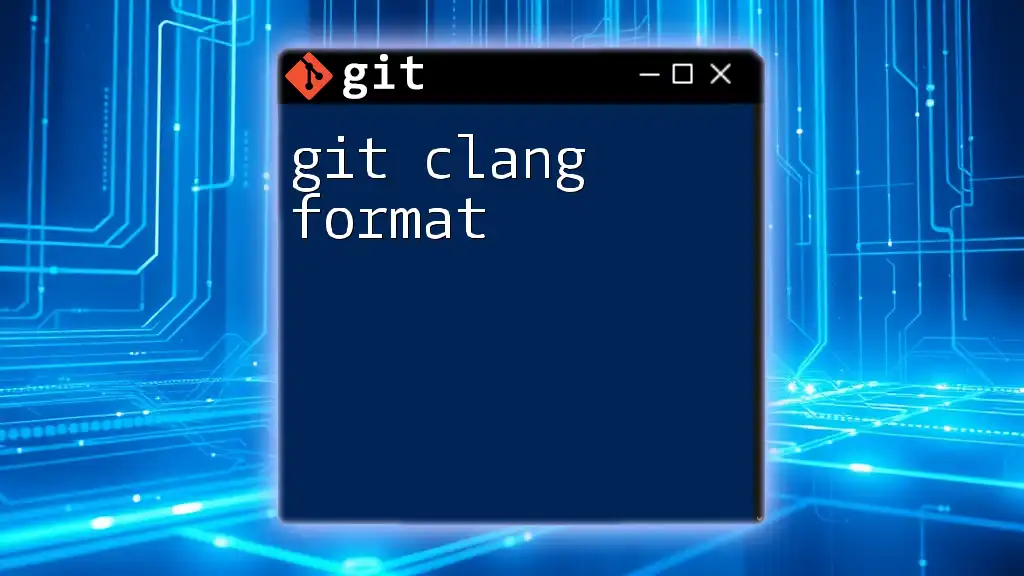
Additional Resources
For further exploration, refer to the official GCP documentation and consider taking online courses that offer more in-depth coverage of Git and GCP. Engaging with community resources can also provide unique insights and advancements in your Git skills.

